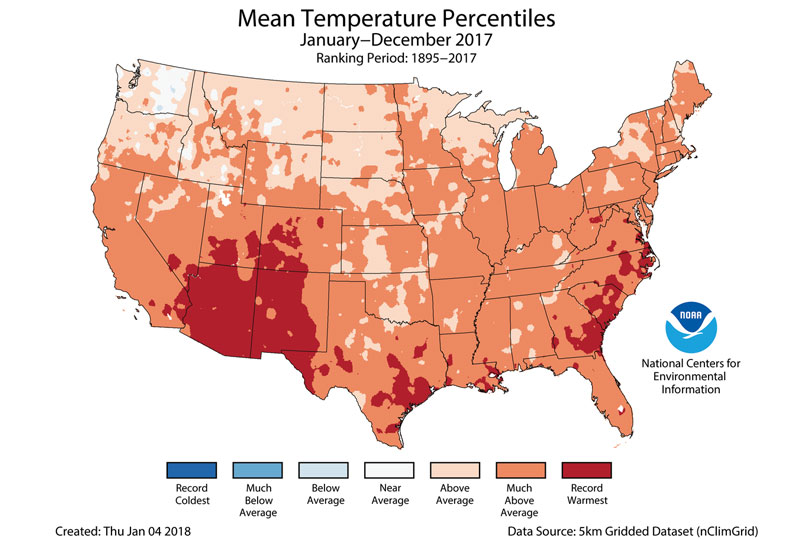By Jessica Domel
Multimedia Reporter
Despite a handful of cold fronts and some wintry precipitation for some areas, Texas has seen a largely warmer and drier winter thanks to La Niña. New models from the National Oceanic and Atmospheric Administration (NOAA) forecast the weather pattern is likely to stick around for a few more weeks.
“We’re in what is expected to be a dry winter because of La Niña conditions in the tropical pacific. A lot of Texans got an early start to that because October and November were fairly dry also,” Dr. John Nielsen-Gammon, state climatologist, said in an interview with the Texas Farm Bureau Radio Network.
A Jan. 11 report from NOAA indicates an 85-95 percent probability La Niña-related weather conditions will persist through the winter before transitioning back to normal, or neutral, conditions.
“Generally, La Niña lasts anywhere from six months to a couple of years. The outlook had December being the most intense period for this particular La Niña. The forecasts are calling for a return to neutral conditions as early as late winter or early spring. This appears to be a short-lived La Niña,” Nielsen-Gammon said.
Although many models predict the return to neutral weather conditions, others call for another La Niña or an El Niño.
According to NOAA, uncertainty in the long-range models is not uncommon when trying to predict an El Niño or La Niña.
La Niña is a period of cooler than normal temperatures in the tropical Pacific Ocean. It creates warmer, drier conditions in Texas.
El Niño, the opposite of La Niña, is characterized by warmer than normal temperatures in the tropical Pacific. It typically leads to cooler, wetter weather in Texas.

